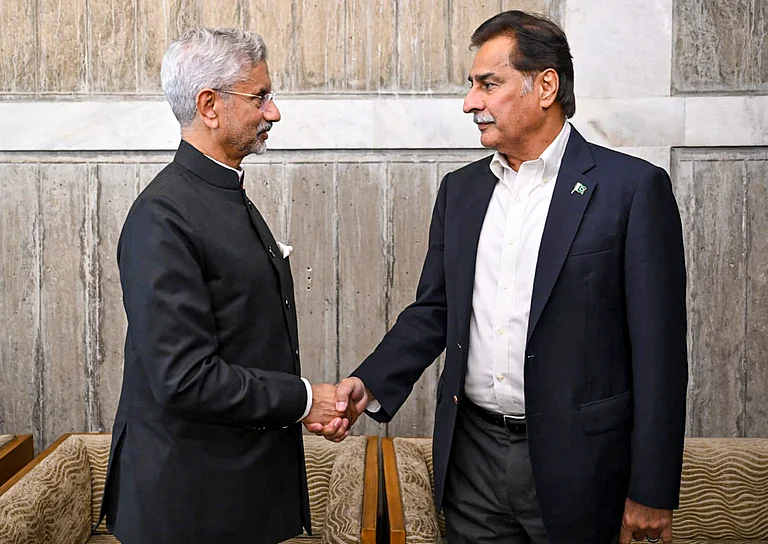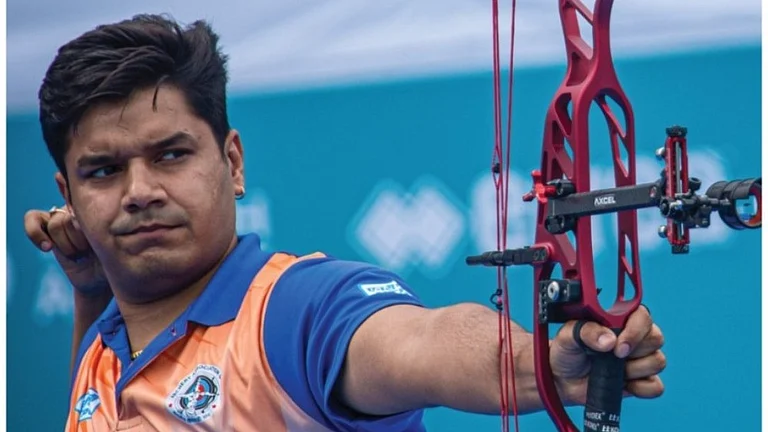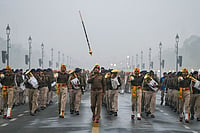Mumbai-born Priya Prakash remembers designing her own games and toys as a child. Now, the NID-trained designer works on crafting user experiences on mobile phones. She has led product design teams at BBC and Nokia, and holds patents for iPlayer and Nokia Asha. Based out of London, Priya now runs Design for Social Change (D4SC) that is working on community operating systems in smart cities. Excerpts from an interview with Sunit Arora:
The mobile phone is 19 years old now. What has been the most significant innovation in mobile phones during this period?
There have been four, actually. The first was a hardware innovation—by changing the size of the battery, making it more compact and long-lasting, Nokia managed to take mobile phones out of the realm of being an expensive businessmen’s car accessory and made it more mainstream. The second followed in 2000, where Sharp Corporation put a camera on the mobile phone and gave it a colour display. The third was touch screens. Apple led the competition in bringing about a seamless wysiwyg experience via touch screens, which changed how people used their phones. Finally, the fourth and most recent innovation has been software-driven. It is the development of operating systems—the Platforms and the Apps ecosystem.
So, the most significant is....
I would say it has been the development of platforms like iOS, Android, Windows, Asha etc which allowed for the idea of an app gaining a foothold in the consumer mindset. Apps have changed people’s idea of what a phone can do. The key thing to remember is that the focus is on what and how people are empowered to do things they couldn’t do before when they were in a mobile context with a phone rather than the basic voice call functionality the phone is capable of.
What is a typical male/female user you keep in mind while designing phone user interfaces?
The key attributes that guide a process is less gender-driven than activity- and task-driven. For example, my mother is a very demanding mobile phone user and an early adopter of technology. Women and men have different approaches at times to a similar task. So, if you are organising a social event, women might multi-task and use a combination of voice calls, text, Whatsapp and Facebook to organise an event. A male user might create a group on Whatsapp and try and channel all communications through that single group and if it fails, will then use voice call or missed calls to alert the person they are trying to reach. Ultimately, both genders are trying to achieve the same outcome. But women might get to it faster than men, as they don’t have a linear way to approach the task.

At what age do you find the most adept mobile phone user, boys and girls? What do they want?
Necessity is indeed the mother of invention; the less money and resources, the more the creativity. While studying user lifestyles for Nokia Asha, an entry-level smartphone, we were studying self-made entrepreneurs. One of the more inspirational groups were self-taught men and women entrepreneurs. Some women were running businesses from their homes to supplement incomes. They had learnt English from their school-going children, were politically aware and avid readers of vernacular newspapers. They were using contacts books as a reminder of when to get in touch with people, and cameras to take photos for products they were stocking to create a visual journal.
Self-employed men had two phones, one to show off and one to actually make calls, which has a long battery life. Depending on the social occasion, they would use the right phone. Boys/men, when they are 15-25 years, seem to be most interested in the features and hardware performance for games. Young girls aged 10-15 yrs are more interested in sharing social content like jokes, riddles etc that helps them maintain friends or create new ones. From 17-27 years they become more socially demanding of their phone and use various apps to best manage a social situation.
Given India’s discount plus value-seeking culture, how challenging is it to design features for Indian consumers? Please give us examples.
The Indian consumer is one of the most demanding consumers to design for. Also due to this reason of seeking the best value, if you can design and engage them, it’s easier to roll out the product to other markets. I love designing for Indian women of all ages but the group I find most challenging and satisfying is self-made entrepreneurs, as they are juggling so many activities, from being a mother to running a business. Designing a phone for the Indian woman entrepreneur is the ultimate challenge. Also, designing for the sub-$50 phone is very satisfying, though challenging. The Indian consumer has a feature-driven mindset and has a typical ‘paisa vasool’ mentality to technology. Some simple design innovations that have worked with consumers include Nokia Asha’s Dual Sim switching on from the notification drawer; FastLane direct access to your recent activities from the home screen; Swiping UI, which created a recognisable and easy way to navigate between apps and homescreen. Or the mobile phone can be used as a remote—like the Ganesh phone, where you can remotely switch on and off your water pump.
What action are we going to see on mobile phones reacting to the urban spaces around us?
PCs connected us to the world through internet landlines. Mobile phones connect us to our immediate local community and environment in real-time—creating new kinds of relationships of connecting people with neighbours, local shops, municipalities and infrastructure. India’s initiative for 100 smart cities gives an amazing opportunity to truly create a civil society with active citizenship that co-creates cities with business, government and communities. We have seen movements like ‘Ugly Indian’, showcasing a hunger to improve the immediate environment around us. If we are able to channel the appetite for responsible proactive citizenship—where people are giving feedback and at the same time contributing in improving infrastructure—we will see a very different kind of India.
You design for news and entertainment by creating different kinds of navigation systems and bite-sized content that cater to people’s attention span and bandwidth to deal with information on the go. Having worked at BBC, designing their first mobile services for wap to apps, one of the big takeaways was bite-sized story-telling for ‘on the go’, hyperlinking to related stories to create a perspective around a point of view and using images effectively, instead of just text to create an editorial along with social media integration. I don’t think standalone print and TV are heading for extinction—we will see only digital properties having a print version so people can retain the back-copies as collectors’ items.
Where do you see the mobile phone 19 years from now, in 2033?
Nineteen years from now, there won’t be any phones as we know in terms of touch-driven black screens with low battery life. Battery technologies would have improved, using alternative sources such as solar. Mobile phone technology will be embedded in our everyday personal products that will communicate with services embedded in our cities. Telecom service operators will act more like infrastructure utility providers across energy, water etc and will pay consumers for their data in order to get access to them. We will also see different kinds of service operators coming from finance, entertainment and insurance industries who will want to orchestrate new relationships. This is what the internet of things will look and feel like.
Can you live without your mobile phone for beyond a day, or, say, a week?
Actually, recently I have been without phone for over a month as I am designing a phone for myself that can do what I need it to do. I cycle, run, travel a lot, am in touch with my family in the US and India and am passionate about empowering citizens to have a say in making their cities smarter. I am designing a device/wearable and software. Currently, none of the phones, glasses, smart watches do what I need it do.

























